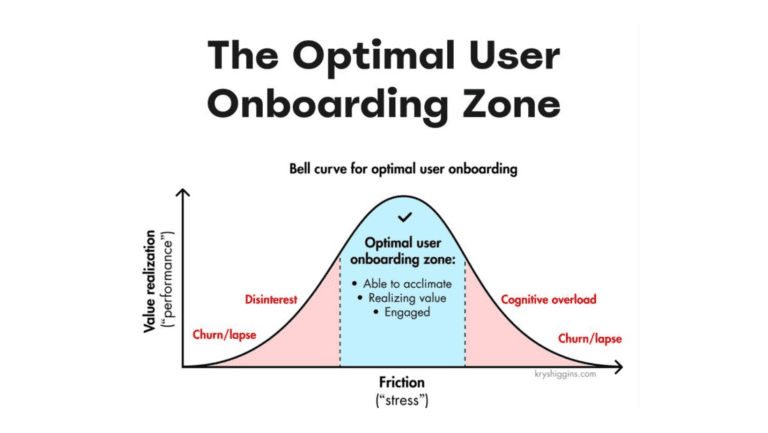Mean Time to Identify (MTTI) refers to the time it takes to detect an incident (incident that affect your users, business processes and/or technologies performance) and identify its root-cause.
Mean Time to Resolve (MTTR) is the average time between the start and resolution of that incident.
Business needs are evolving significantly more quickly than before, causing more issues with your applications. As a result, Dev, UX and Ops teams are spending more time troubleshooting. Bouncing the application, or just analyzing the database stats and application logs isn’t just enough any longer.
How to Improve DevOps MTTR
By monitoring deployments in near-real time and 24×7, and applying intelligence to the collected data, you can drastically improve MTTI from days to minutes. Germain UX delivers a comprehensive strategy for monitoring user experience, hardware and software performance and events, in real time. Germain UX automatically correlates events to provide better alerting and root-cause analysis. Germain UX also applies predictive models to the data it collects to foresee upcoming issues. All these capabilities are there in Germain UX, to enable DevOps organizations proactively identify frictions, at the user, process and/or technology levels.
Once you’ve identified an issue, Germain UX helps you quickly troubleshoot issues, perform root-cause analysis. Then comes germain CRT into the mix and help a developer understand what part of the code/object to fix and how, which dramatically decreases MTTR.
Leveraging Expertise and Automation for Better MTTR
Existing approaches for application monitoring and application performance management are no longer sufficient to provide the complete view into the volume, variety, and velocity of data being generated across the full stack, from bare metal to microservices.
Machine learning are great to identify patterns, but don’t add up when it comes to fixing performance issues.
Using the Germain UX and germain CRT tools, you can get down to actual root-cause of an issue and know what to do to fix it, down to the code, object or sql level, saving tremendous amount of times.
And in addition, with built-in pattern detection, anomaly detection, transaction analytics, and predictive analytics, Germain UX provides real-time visibility across thousands of data streams and seamlessly detects and predicts conditions that indicate potential performance, reliability or security issues.



